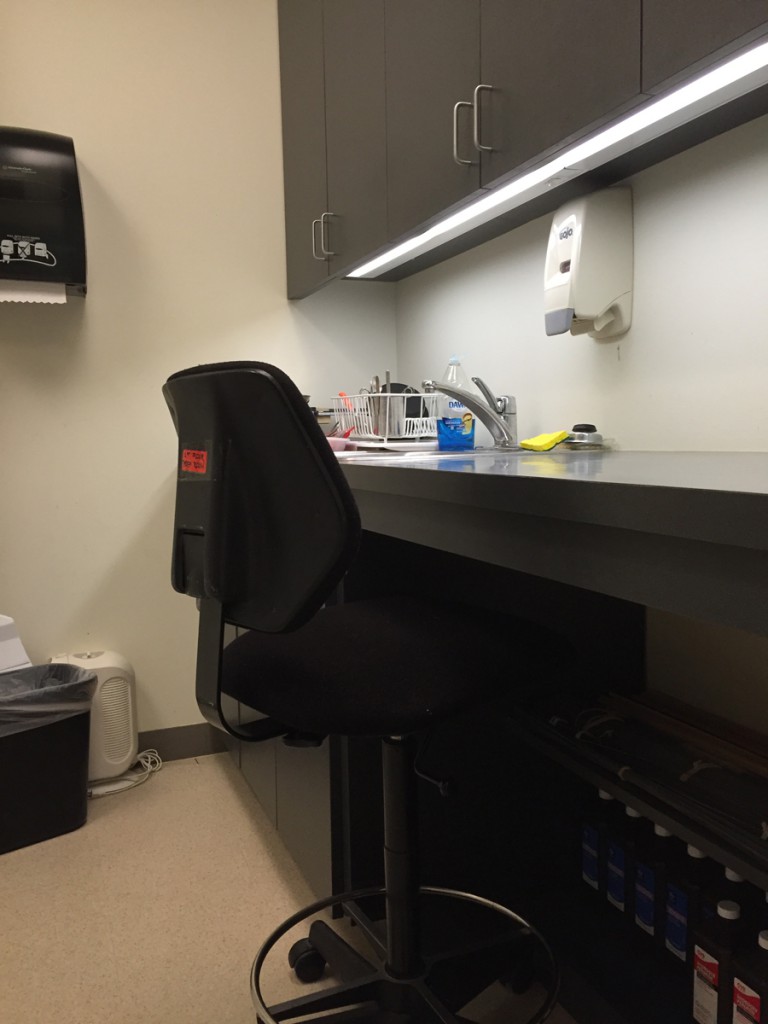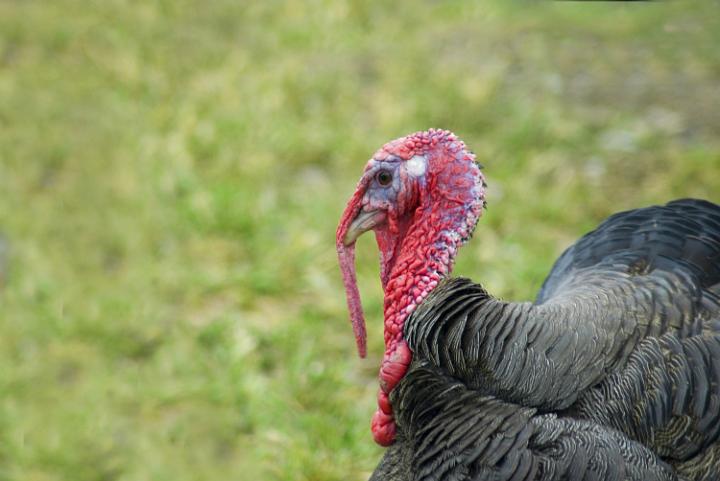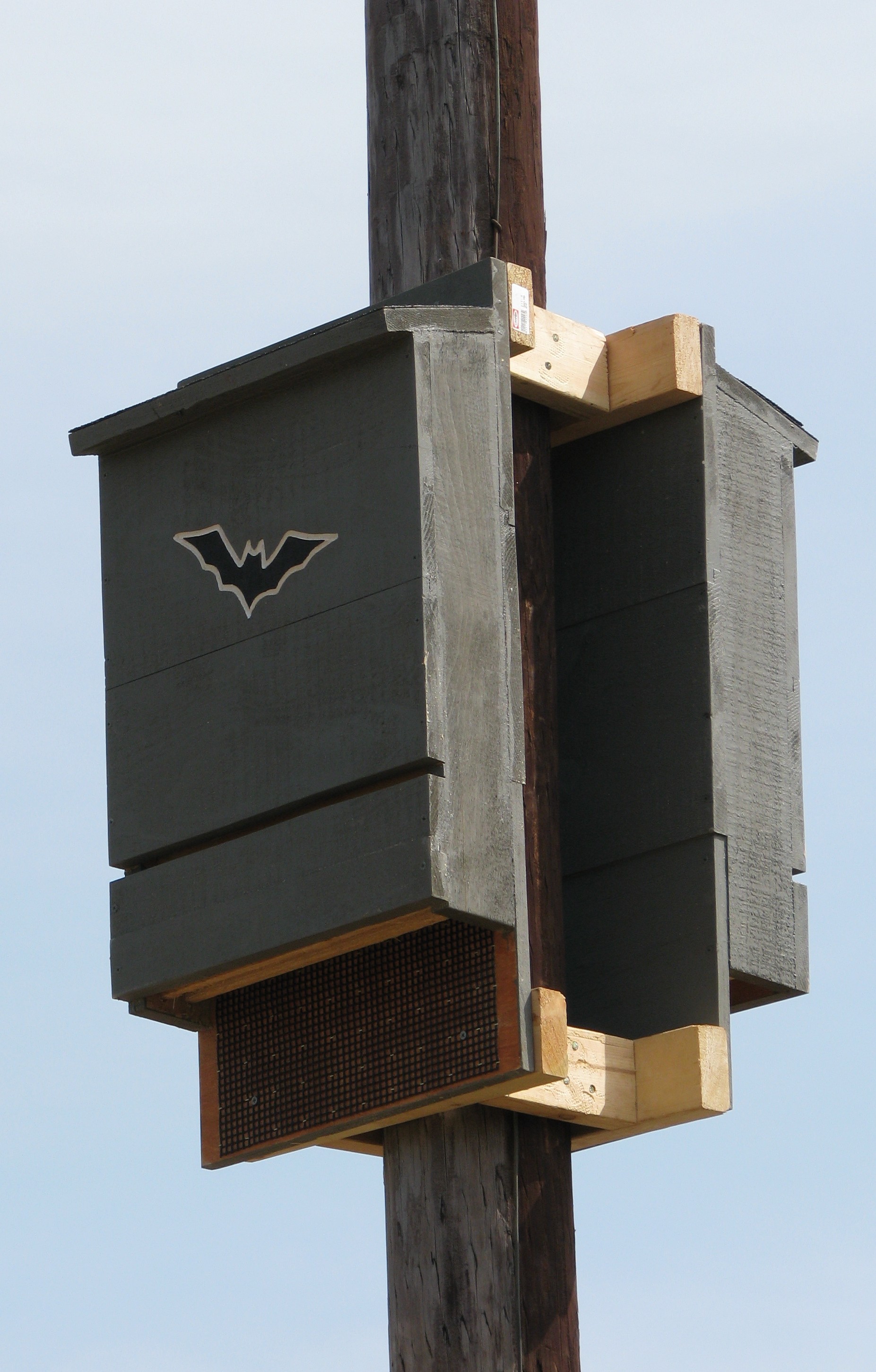by Sabrina Dahlgren
I’d like to first clarify that this is not a “how-to” manual for your creep-tastic Halloween needs. I’m all for phantasmagorical home decor but the average citizen should not be handling animal specimens. Numerous species are protected or their handling is regulated by state and federal authorities. If you don’t have the necessary permits and training please leave the dead stuff alone (or call us).

Order: Piciformes.
With that disclaimer in place, I’d like to boast that my necropsy (animal autopsy) skills have greatly improved in my time at the Houston Museum of Natural Science. As has my taxidermy technique – not a skill set I thought I’d be adding to my resume, but this place is nothing if not constantly surprising.

Order: Strigiformes.
Why is this done at all, you may ask? As a scientific institution, part of our job is to preserve a record of life on Earth, both for edification of the public (think the Farish Hall of Texas Wildlife and the Frensley/Graham Hall of African Wildlife) and for the maintenance of reference collections used in research (our study skin specimens stored off-site).
It may seem like an obvious assumption, but no one wants to store an untreated dead thing in their building, regardless of ventilation and air-conditioning. Dead things rot, rotten things smell bad and a stinky workplace makes for very unhappy employees. So unprocessed specimens are stored in a freezer until the time comes for someone like me to thaw it out and clean it up. The cleaned skin is either made into a display mount or into a study skin, as much data is gathered as possible, and all records and databases are updated to reflect the newest addition.


What a difference strategic feather placement can make! Juvenile Black-Crowned Night Heron. Nycticorax nycticorax.
So what kind of person does this for a living? Am I the modern, non-fiction equivalent of Victor Frankenstein? So glad you asked! Here’s the answer, in brief:
In presentation I lean more towards lab coat and nitrile gloves than I do mad-scientist hair and demented cackling.
My lab consists of a tiny room with two freezers, a small fridge, storage cabinets, a section of counter well-lit by under-cabinet lights, and a sink; not a condenser coil nor galvanic rod in sight.
There is no Fritz or Igor to assist; the closest I come is Pandora or Spotify to pass the time. The best and most ironic song I listen to is The Vulture Song from Disney’s The Jungle Book because I am a ridiculous human being and a morbid sense of humor serves well when I do this work, especially in October.
Most of my tools are normal: scalpels, dissecting scissors, probes and pins. Grocery items are also used: cotton balls, Q-tips, hydrogen peroxide, borax, Dawn dish soap, and an impressive amount of paper towels. Some of my tools are a bit unorthodox. Gardening shears have become one my most useful tools. Toothbrushes have become specimen dinglehoppers. You don’t even want to know what I use a teaspoon for. (Hint: It’s a fat scraper. Enjoy that bit of TMI.)
Regarding the actual preparation:
- Documentation is key – keep a written record of all observations and data that may have accompanied the specimen. Take pictures for reference. Or just because.
- Record external data (weight, visible trauma, general condition, etc.).
- Skin the specimen. You’ll end up with bone only in the lower legs and feet, wing extremities, and the cranium; organs, muscle, and adipose (fat) should be removed.
- Clean the skin as thoroughly as possible – cleanliness equals longevity and that’s the big goal.
- Clean the feathers and the exterior of the specimen as needed.
- Fill the eye sockets with cotton for a study skin and glass eyes for a mount.
- Reinforce the length of the body with a dowel, then add in stuffing to re-form the body cavity. If you’re preparing a mount, add wire armature inside first so that it will hold a pose, then stuff.
- Stitch up any incisions or tears in the skin and brush the feathers back into place.
- Secure the specimen on a foam board and allow to dry for one to three weeks, depending on the size and condition of the specimen.
Unlike Doctor Frankenstein, I am happy to report that I do not galvanize specimens. The only electricity I use is restricted to the lights and the hair dryer, not for reanimating the bird.
Why is any of this important? Simple. Scientists like data. Scientists like data even more if there are visual references available. If those reference materials preserve individual variations among species, observations and inferences can be made concerning species and larger taxa of organisms. Our collection is, essentially, a 3-D reference library that will serve future generations.
And that’s pretty amazing, if you think about it.
So there you have it: the key components of a specimen preparation specialist.
Scientific background + morbid curiosity + Disney references + off-color humor = Sabrina.
And now I’m off to calculate the air speed velocity of an unladen European Swallow (Hirundo rustica).
P.S. Someone has already done the math, and it is beautiful.
Editor’s Note: Sabrina Dahlgren is a Curatorial Assistant at the Houston Museum of Natural Science, providing help in tracking and maintaining existing and incoming collections to be installed as exhibits or stored for future exposition.
#ChillsAtHMNS

















